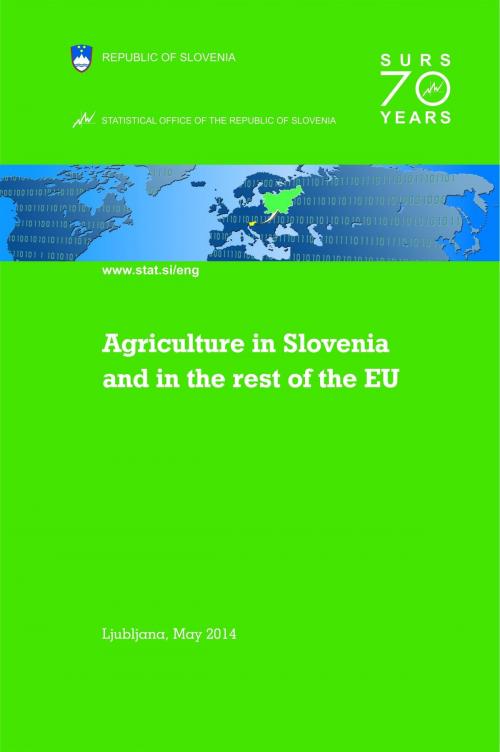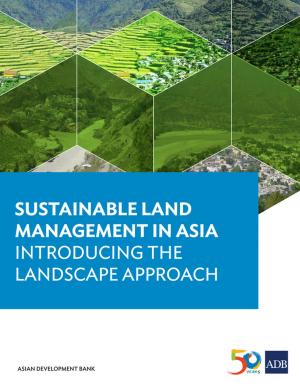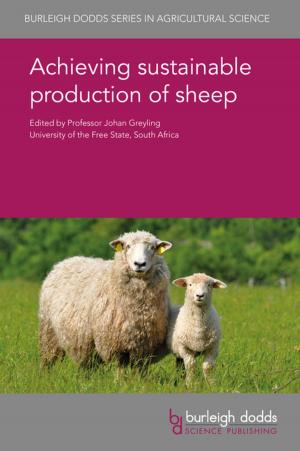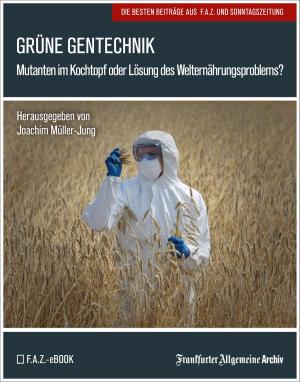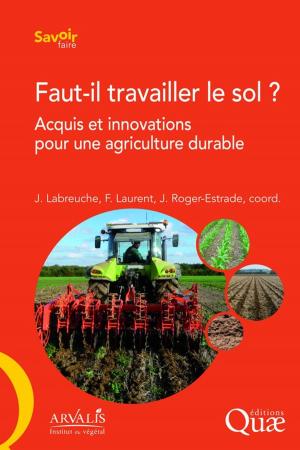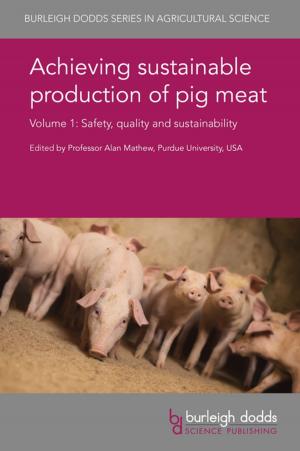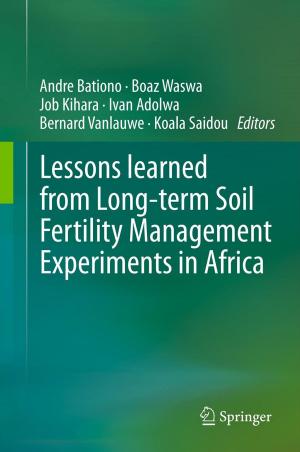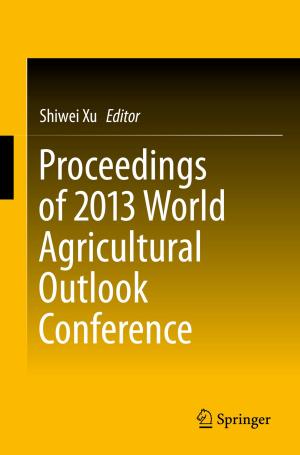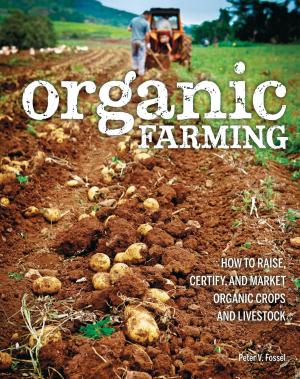Agriculture in Slovenia and in the rest of the EU
Business & Finance, Economics, Statistics, Nonfiction, Science & Nature, Technology, Agriculture & Animal Husbandry| Author: | Statistical Office of the Republic of Slovenia | ISBN: | 9789612393007 |
| Publisher: | Statistični urad Republike Slovenije | Publication: | May 8, 2014 |
| Imprint: | Smashwords Edition | Language: | English |
| Author: | Statistical Office of the Republic of Slovenia |
| ISBN: | 9789612393007 |
| Publisher: | Statistični urad Republike Slovenije |
| Publication: | May 8, 2014 |
| Imprint: | Smashwords Edition |
| Language: | English |
Even though agriculture contributes only 1.2% of total GDP in the EU-27, it is one of the most important economic activities. In addition to providing people with high-quality food, agriculture takes care of preserving the cultivated landscape, has a positive impact on rural development, on preserving settlement, particularly in demographically endangered areas, and creates jobs. The integration of agriculture into the environment – such as preservation of biodiversity, improving the well-being of livestock, sustainable farming, etc. – is being increasingly emphasised.
Agriculture is an important part of the economy since it provides inputs for agro-industry, supplements tourism industry, performs municipal services, etc. The Common (European) Agricultural Policy focuses its increasing attention on comprehensive treatment of agriculture and rural areas and spends a considerable share of the total EU budget for these purposes. All these reasons make comparable statistical data on agriculture in EU Member States even more important.
We tried to make our presentation as straightforward as possible and thus understandable to the general public. Most of the data were obtained from the most comprehensive statistical survey, the Agricultural Census, which covers all agricultural holdings. The latest agricultural censuses in EU Member States were conducted between 2009 and 2010 in line with the common legislation, so the collected statistical data on the structure of agricultural holdings are comparable for more than 30 European countries.
On more than 12 million agricultural holdings in the EU-27 almost 25 million people produce food, on average one in twenty EU-27 residents. Family farms represent by far the highest share of agricultural holdings (97%); this year they will receive even more attention since 2014 is the International Year of Family Farms.
Even though agriculture contributes only 1.2% of total GDP in the EU-27, it is one of the most important economic activities. In addition to providing people with high-quality food, agriculture takes care of preserving the cultivated landscape, has a positive impact on rural development, on preserving settlement, particularly in demographically endangered areas, and creates jobs. The integration of agriculture into the environment – such as preservation of biodiversity, improving the well-being of livestock, sustainable farming, etc. – is being increasingly emphasised.
Agriculture is an important part of the economy since it provides inputs for agro-industry, supplements tourism industry, performs municipal services, etc. The Common (European) Agricultural Policy focuses its increasing attention on comprehensive treatment of agriculture and rural areas and spends a considerable share of the total EU budget for these purposes. All these reasons make comparable statistical data on agriculture in EU Member States even more important.
We tried to make our presentation as straightforward as possible and thus understandable to the general public. Most of the data were obtained from the most comprehensive statistical survey, the Agricultural Census, which covers all agricultural holdings. The latest agricultural censuses in EU Member States were conducted between 2009 and 2010 in line with the common legislation, so the collected statistical data on the structure of agricultural holdings are comparable for more than 30 European countries.
On more than 12 million agricultural holdings in the EU-27 almost 25 million people produce food, on average one in twenty EU-27 residents. Family farms represent by far the highest share of agricultural holdings (97%); this year they will receive even more attention since 2014 is the International Year of Family Farms.
